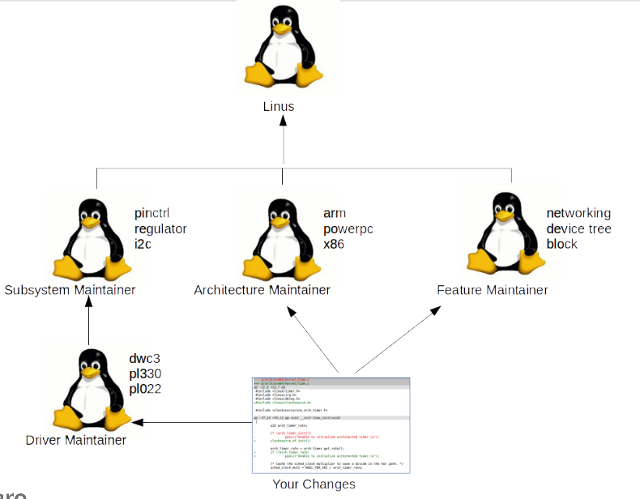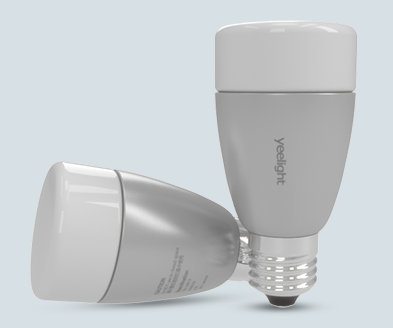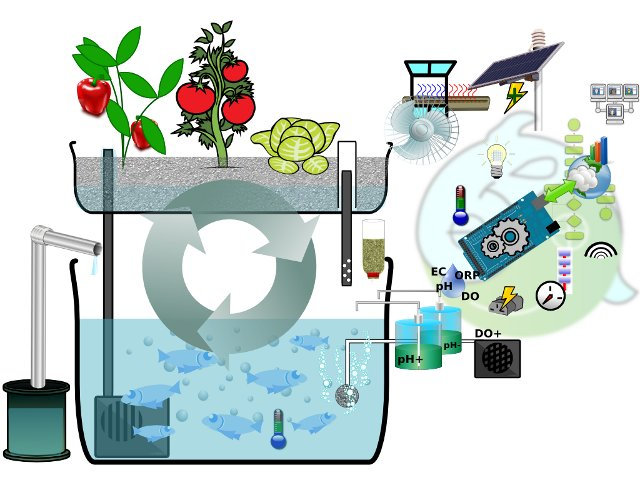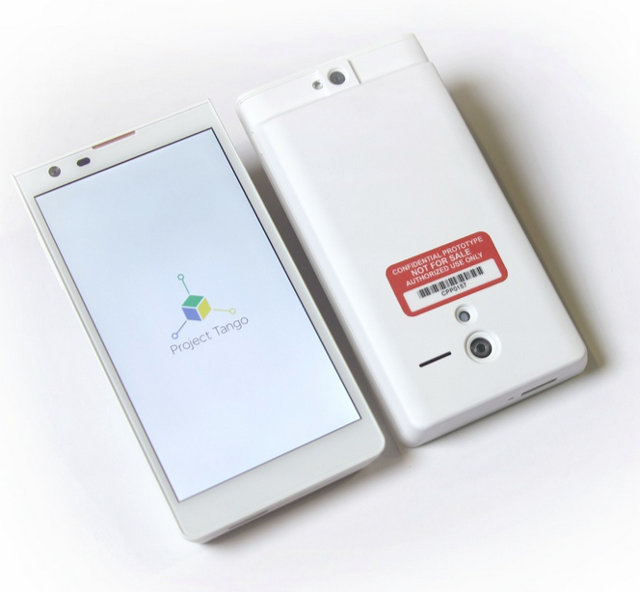I’ve had countless and recurrent crashes caused by Adobe flash plugin either in Firefox and Chromium, mainly while playing videos from YouTube or other online video services that still mostly use flash, instead of HTML5. Adobe flash death is certain, but up to now it has been soooo slow, so I doubt that thing will truly die any time soon, and unfortunately it will probably be with us for many years to come. To work around the issue, I started by enabling Youtube HTML5 player, and try to play embedded videos inside YouTube instead of the orignal website. I still had crashes from time to time, and this method did not help with other video services. So I decided to check out what I could do to fix the issue. When you go to http://www.adobe.com/software/flash/about/ you can check your flash version, and Adobe will also list the player version for […]
Linux Kernel Upstreaming How-To – Linaro Connect Asia 2014
I’ve already written a post about submitting kernel patches to mainline based on a 2011 presentation by Greg Kroah-Hartman, but Matt Porter, Broadcom Landing Team (LT) Technical Lead at Linaro, has given two updated talks entitled “Upstreaming 101” and “Upstreaming 201” at Linaro Connect Asia 2014. There are many planned talked during LCA 2014, and you can get the list as well as links to presentation and videos, as they become available on LCA 14 resources page. The first session “Upstream 101” starts with some definitions such as “upstreaming” (basically getting your code to kernel.org), “mainline”, etc, explains how to get information about the (912) maintainers (tip: it’s in the MAINTAINERS file), how to deal with the 2-week merge windows occurring every 10 weeks or so, but the bulk of the talk detailing the work flow required to upstream code to the Linux kernel. There are basically 5 steps: Preparation – Read […]
Linaro Connect Asia 2014 Opening Keynote – Status and Future of ARMv8 Linux & Android [Video]
Linaro Connect Asia 2014 has just started in Macau today and will take place until Friday. You can follow the sessions live and/or their recordings via Linaro OnAir YouTube Channel. I’ve watched the opening keynote, and embedded the video at the bottom of this post. The keynote focuses on ARMv8 for Linux and Android on servers, mobile devices, digital home, and more, and involves two main speakers: George Grey, Linaro CEO , and Jon Masters, Chief ARM Architecture at Red Hat. The speaker beginning of the video provides some practical information and the schedule for Linaro Connect. The keynote itself really starts around 15:50 with George Grey who spends the first 10 minutes introducing the latest Linaro members: Qualcomm, Mediatek, ZTE, AllWinner and Comcast. He then talks about the new Mobile sub-committee (MOBSCOM) that will focus on big.LITTLE, Android optimization and Android on ARMv8, as well as the soon-to-be-announced Linaro […]
ARM Interview about Cortex A17 Processor [Video]
When ARM announced their new Cortex A17 core, I could not quite understand why they would release another core with performance and features somewhat similar to Cortex A12 and Cortex A15. Charbax interviewed Nandan Nayampally, ARM VP of Processor Marketing, at Mobile World Congress 2014 and everything is much more clear now. Cortex A17 is based on A12, but adds support for big.LITTLE processing support with Cortex A7, and further improves performance. In some work loads Cortex A17 can currently match Cortex A15 performance, and by 2015, Cortex A17 will have performance similar to A15, and replace it in mid range devices as it has a lower footprint and lower cost. High-end products will switch to 64-Bit with Cortex A53 or A57 next year. The interviewee did not say this explicitly but it could be many companies will simply skip Cortex A12, and directly use Cortex A17, just like Rockchip […]
Yeelight Blue and Yeelight Sunflower Bluetooth Low Energy and Zigbee Smart Light Bulbs for iOS and Android
When it comes Smart light bulbs, which can be dimmed and made to change color, the most popular product must be Philips Hue, using the Zigbee protocol, which you can control via iOS and Android devices though a Zigbee gateway, and costs about $60 on Amazon. Alternative have started to show up such as iLumi Bulbs, with Bluetooth 4.0 Low Energy (BLE) technology, that you can control with recent iOS and Android 4.3+ device without the need for a gateway, but with a price starting at $89. If you’re looking for cheaper alternatives, you’d have to turn to Chinese companies such as Yeelight which provides both Bluetooth LE and Zigbee light bulbs, respectively called Yeelight Blue and Yeelight Sunflower. Yeelight Blue does not require a gateway, but you’ll need a smartphone or tablet that supports Bluetooth 4.0 Low Energy. Recent iOS 5.0+ devices should support it. If your Android device […]
DIY Farm & Garden Automation with Arduino and APDuino Project
You would like to start to grow your own vegetables but you don’t really have enough place and/or time to take care of your garden. No problem! Just go vertical and automate your garden with an Arduino Mega, an Ethernet shield, and lots sensors and valves. That’s basically what Rik Kretzinger, who grew up on a Christmas tree farm, and has a major in horticulture, has done at his home. This whole system use a farming technique called aquaponics, mixing aquaculture (raising fish in tanks) and hydroponics (cultivating plants in water), and except planting and harvest, is mostly automatized. The hard part is to set it up. The firmware is based on APduino “Internet-of-growing” open source project that runs on Arduino Mega to gather data from sensors (humidity, temperature, pH, light…) and control the valve. Rik’s system also upload data automatically to Xively cloud so that he can monitor his […]
Google’s Project Tango Phone Prototype Generates Real-time 3D Maps
Google ATAP (Advanced Technology and Products), the team who is currently working on Project Ara for Google, and recently moved from Motorola following the acquisition by Lenovo, has also been busy on another project called Tango, which centers around a phone equipped with cameras and sensors capturing 250,000 data points per second to track motion and generate 3D maps in real-time. The prototype is 5” phone with hardware and software customization designed to simultaneously track the 3D motion of the device, and creating a 3D map of the environment. The device runs Android and includes development APIs to provide position, orientation, and depth data to standard Java, C/C++ Android. This is still early development, but the team imagine the technology could be used to easily create a 3D map of your home, facilitating furniture shopping. Other usa cses include indoor navigations, visually-impaired aid, and product location in a store. Augmented reality […]
Geeksphone Revolution Multi OS Smartphone Supports Android, Firefox OS, and Soon More…
Geeksphone, the company behind the earlier Firefox OS developer’s phones, and the privacy-enhanced Blackphone, has now officially launched the Geeksphone Revolution powered by a dual core Intel Atom Z2560 processor and supporting Android, Firefox OS, or more exactly Boot2Gecko (B2G), and potentially other OS supported by the community such as Sailfish OS. Geeksphone Revolution specifications: SoC – Dual core Intel Atom processor Z2560 up to 1.6GHz System Memory – 1GB LPDDR2 Storage – 4GB EMMC + MicroSD support, Up to 32GB Display – 4.7″ IPS LCD Multi-touch, qHD resolution. Cellular network – HSPA/WCDMA: 2100/1900/900/850 MHz, GSM/GPRS/EDGE: 850/900/1800/1900 MHz, HSDPA up to 21Mbps, HSUPA up to 5.76Mbps, GPRS Class 12 / EDGE Class 12 Connectivity – WiFi 802.11 b/g/n, Bluetooth Class 3.0, GPS, AGPS Camera – 8 MP rear camera with LED Flash, 1.3 MP front camera System I/O – 3.5mm audio jack, micro USB Sensors – G‐Sensor + E‐Compass + […]










